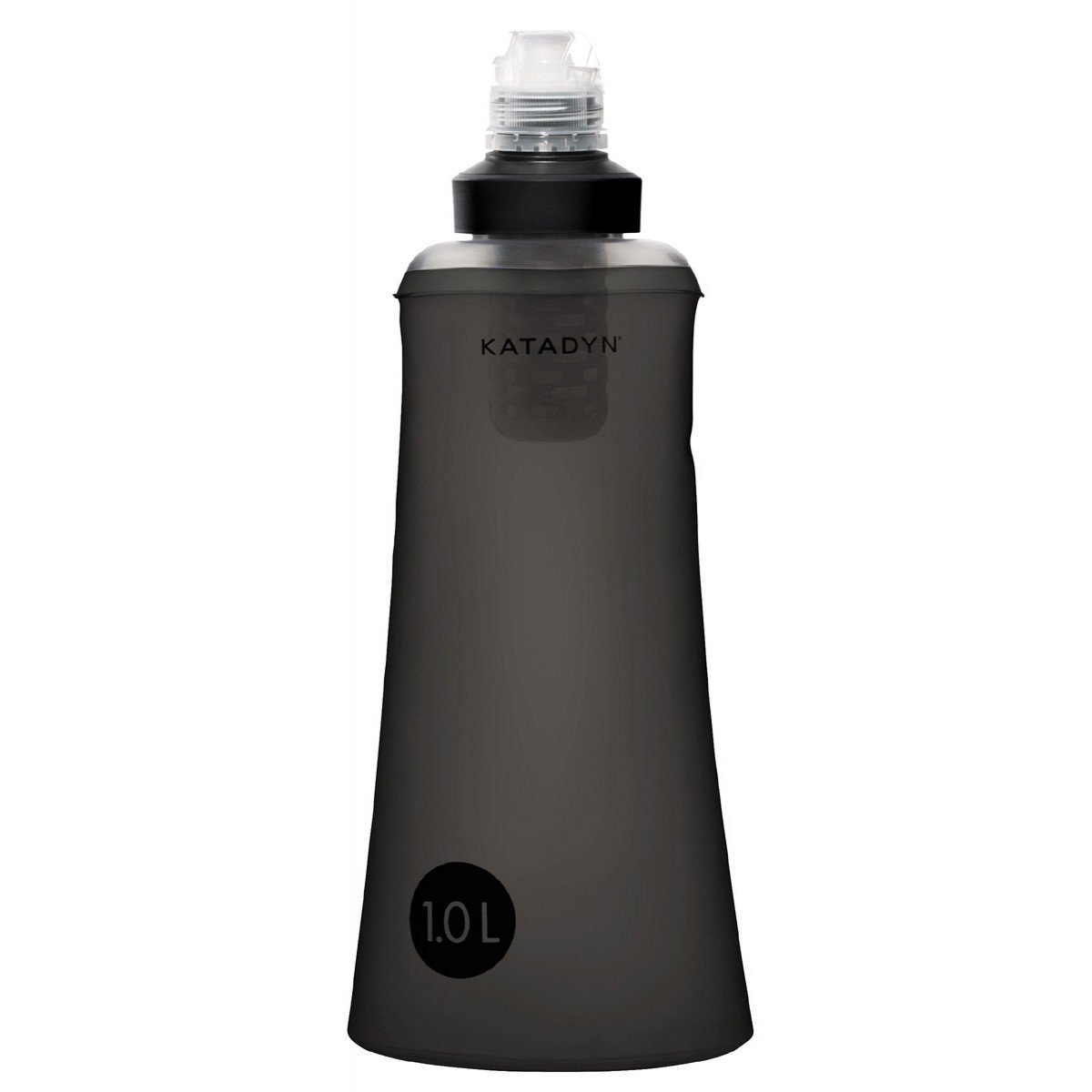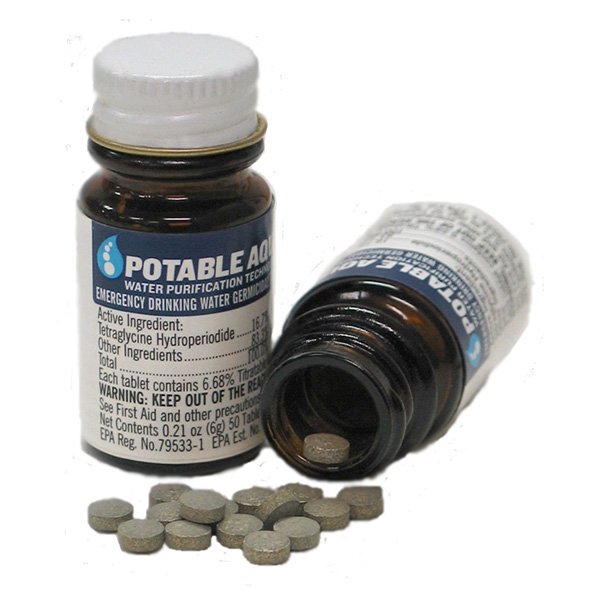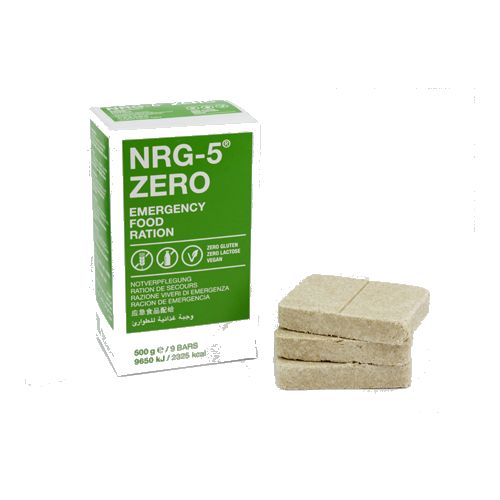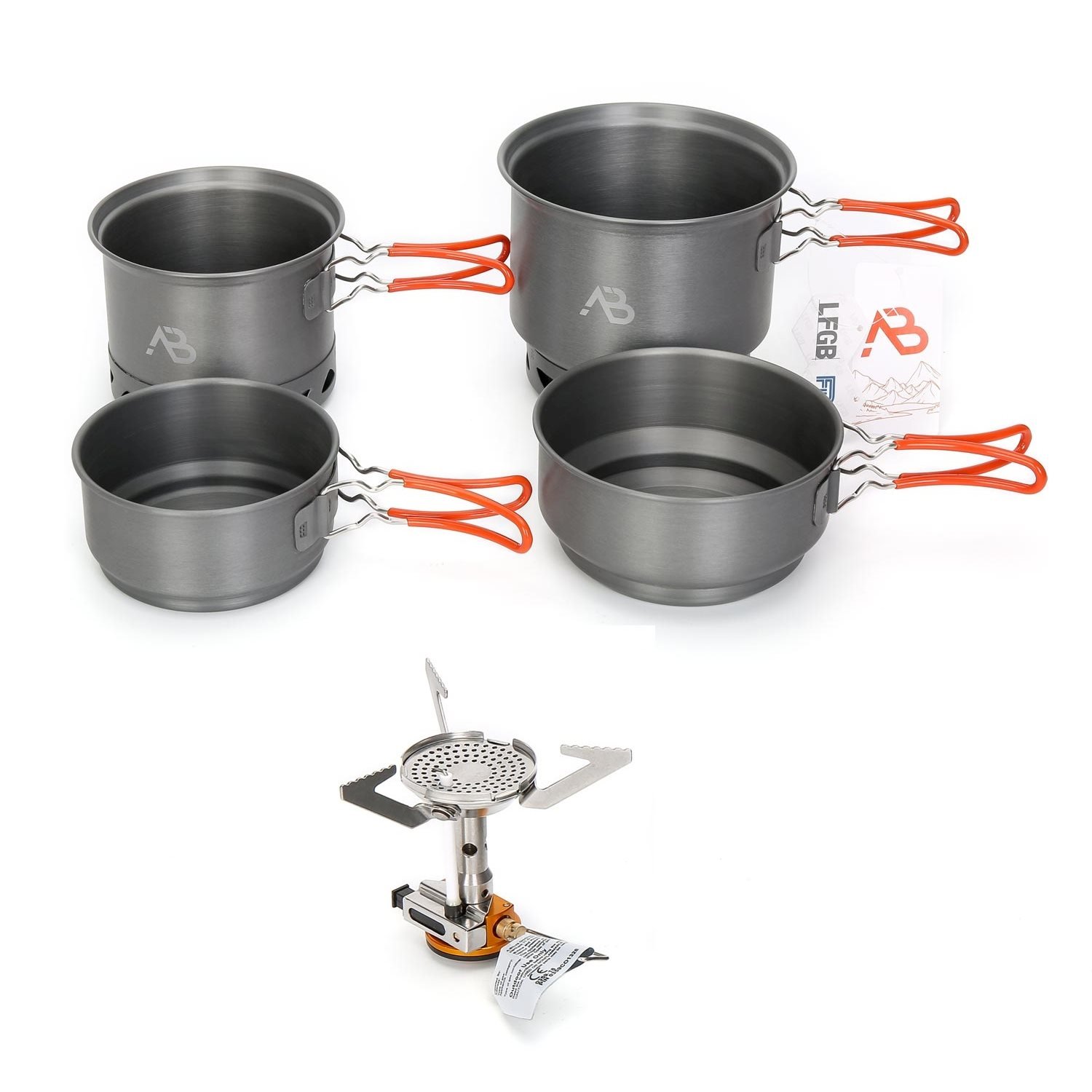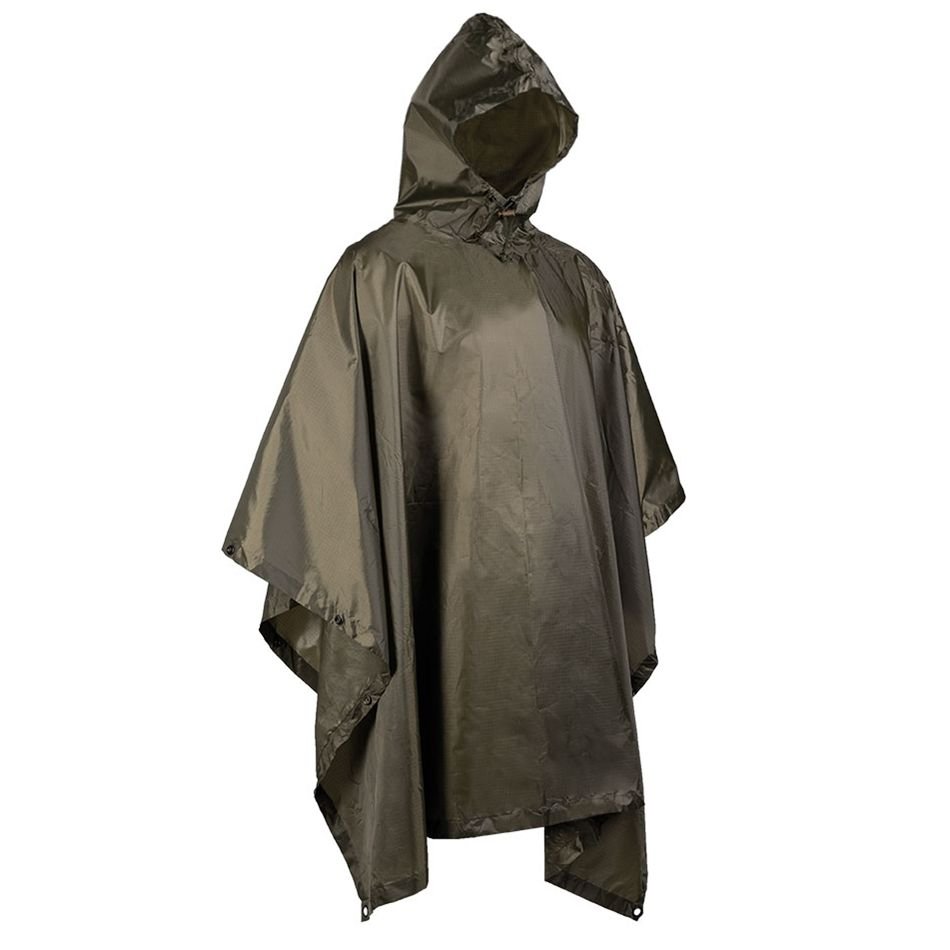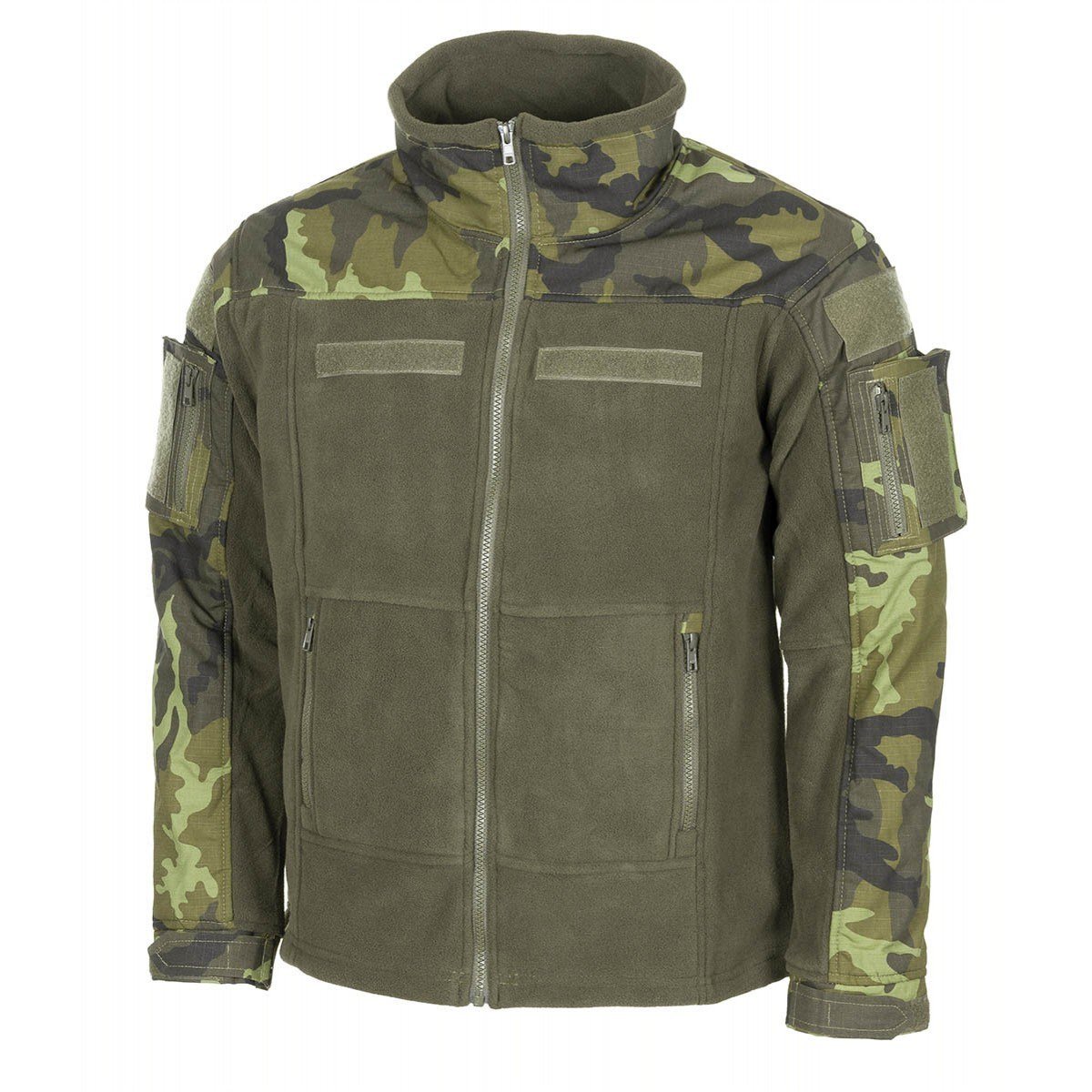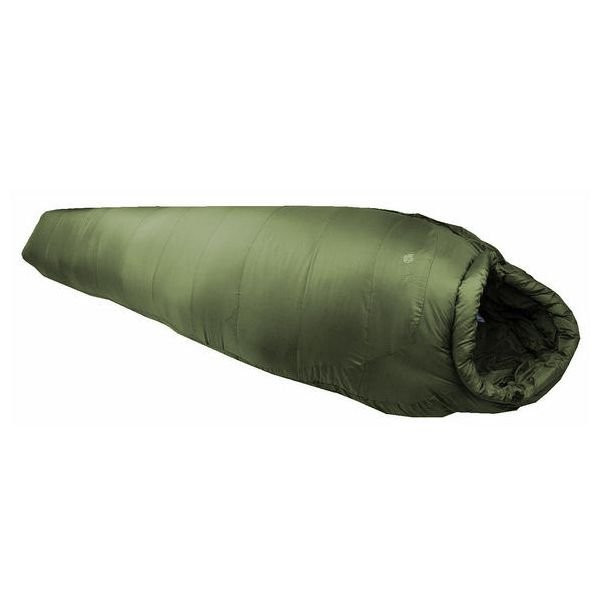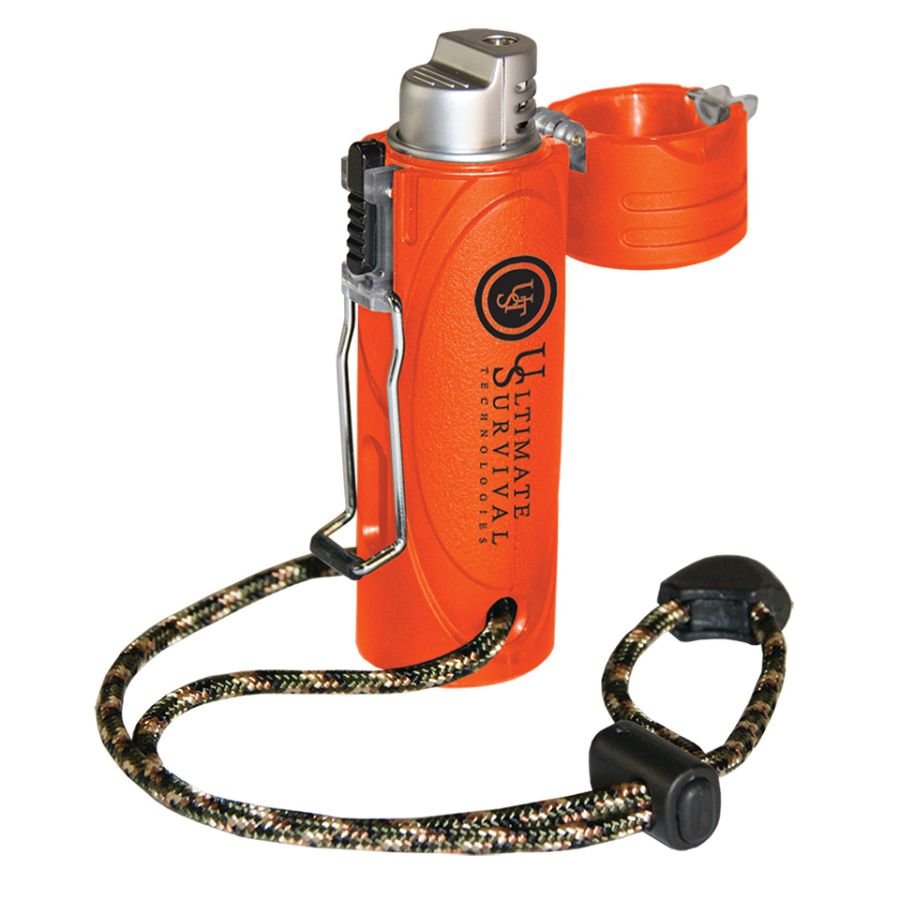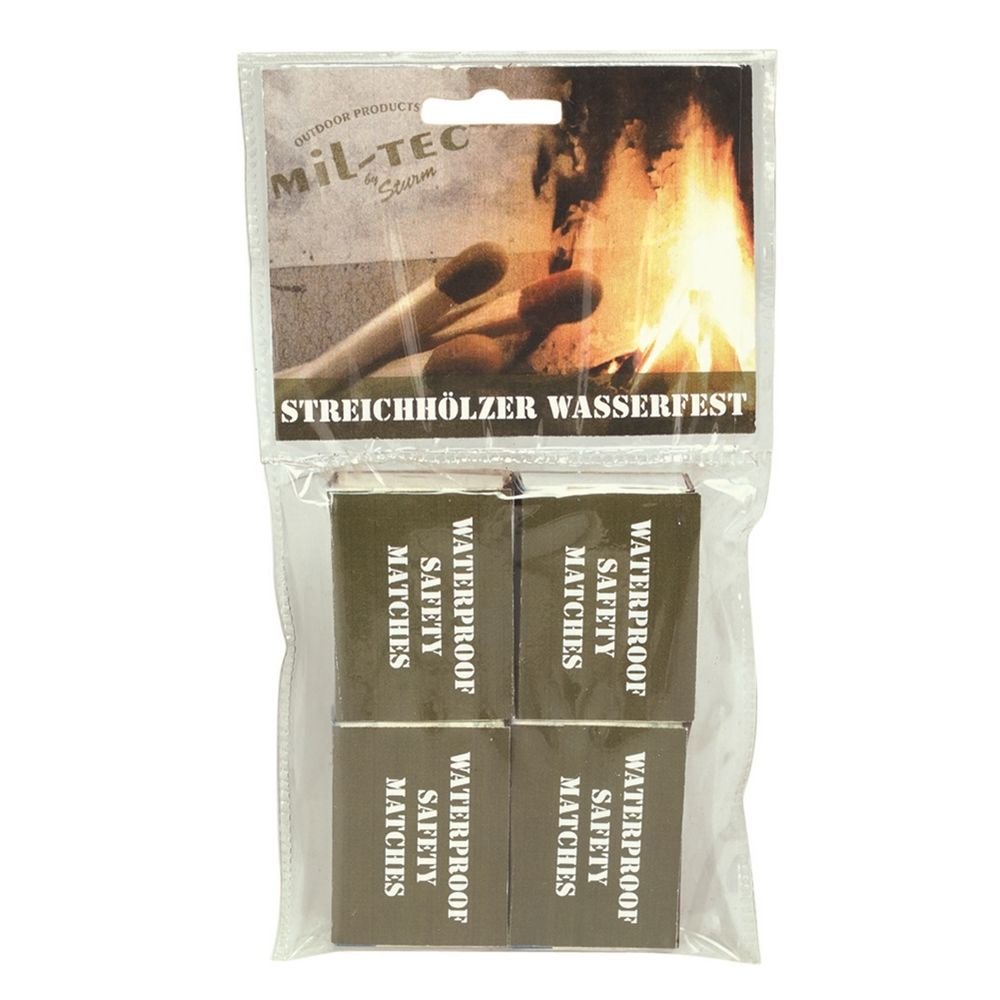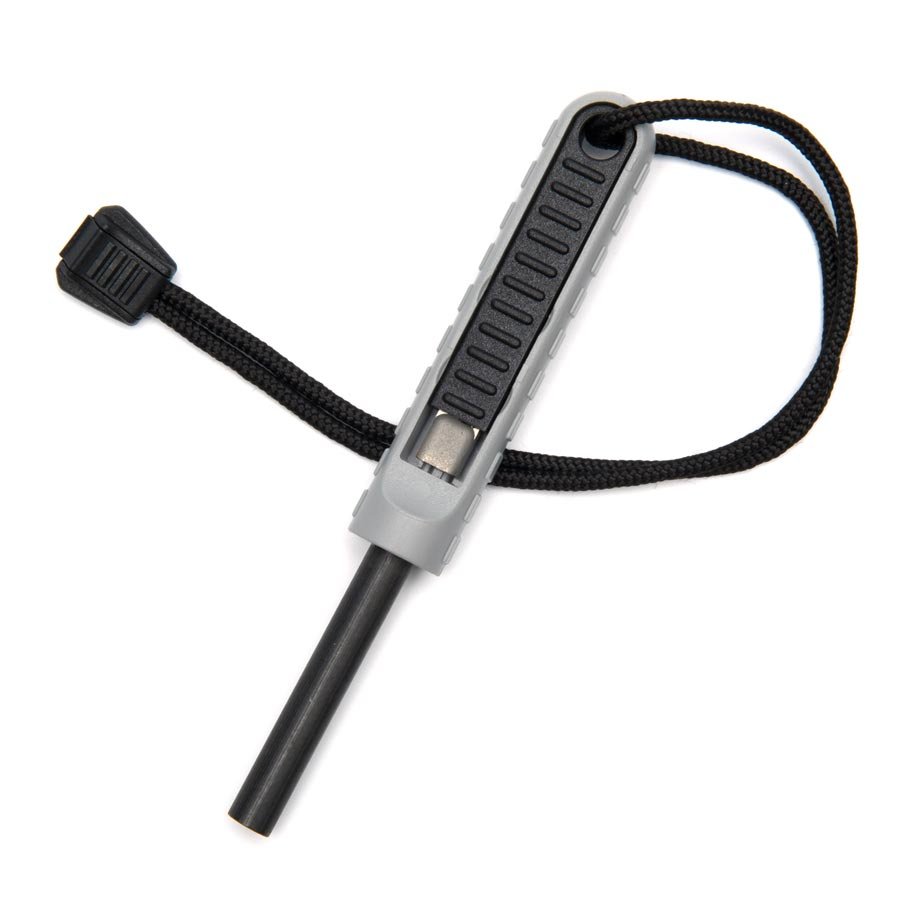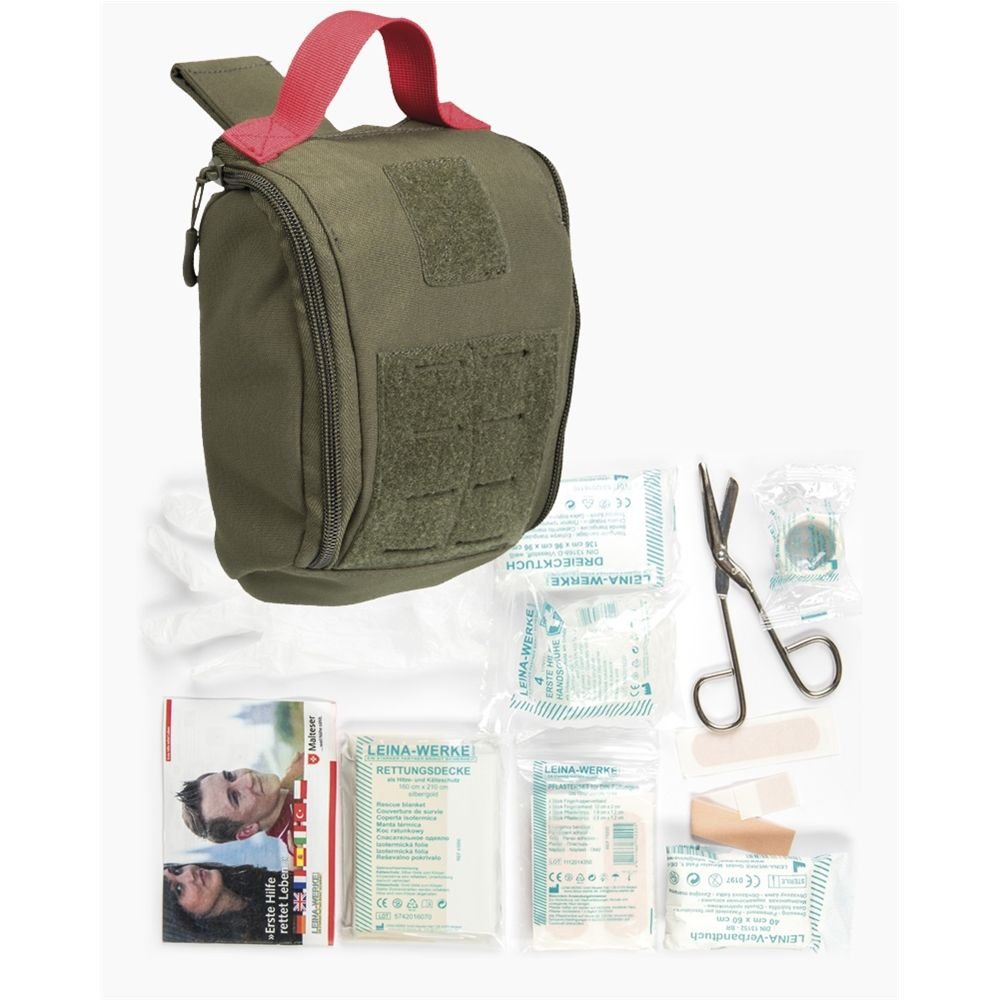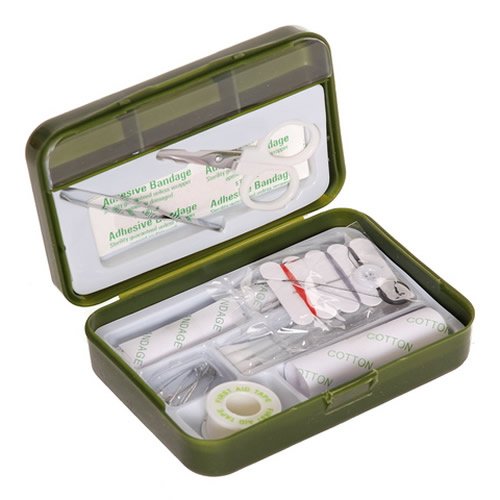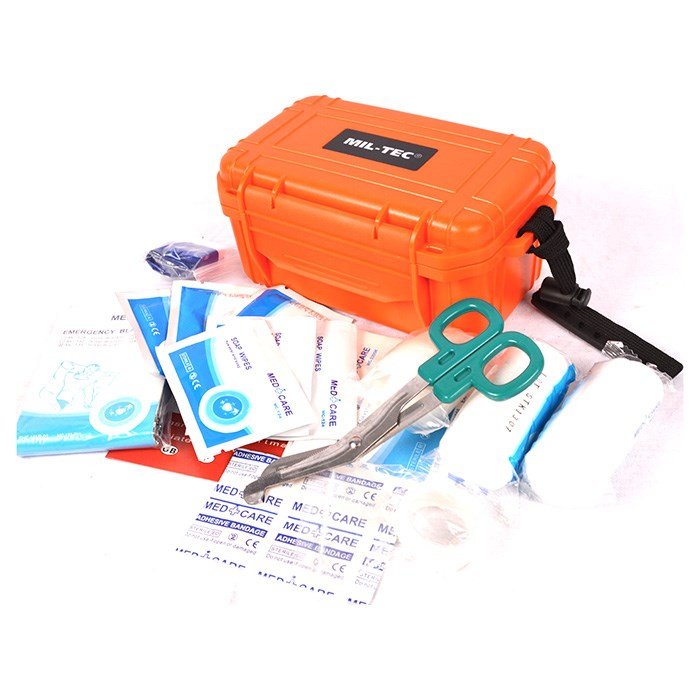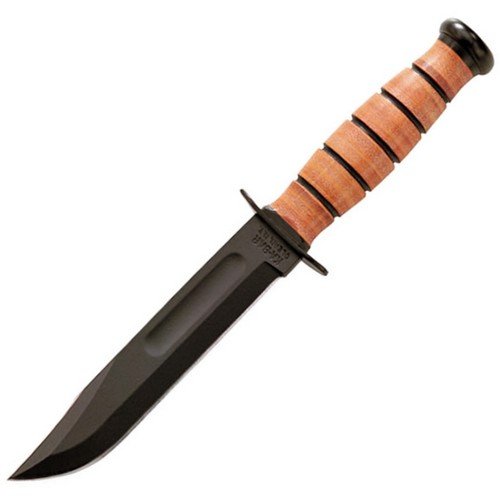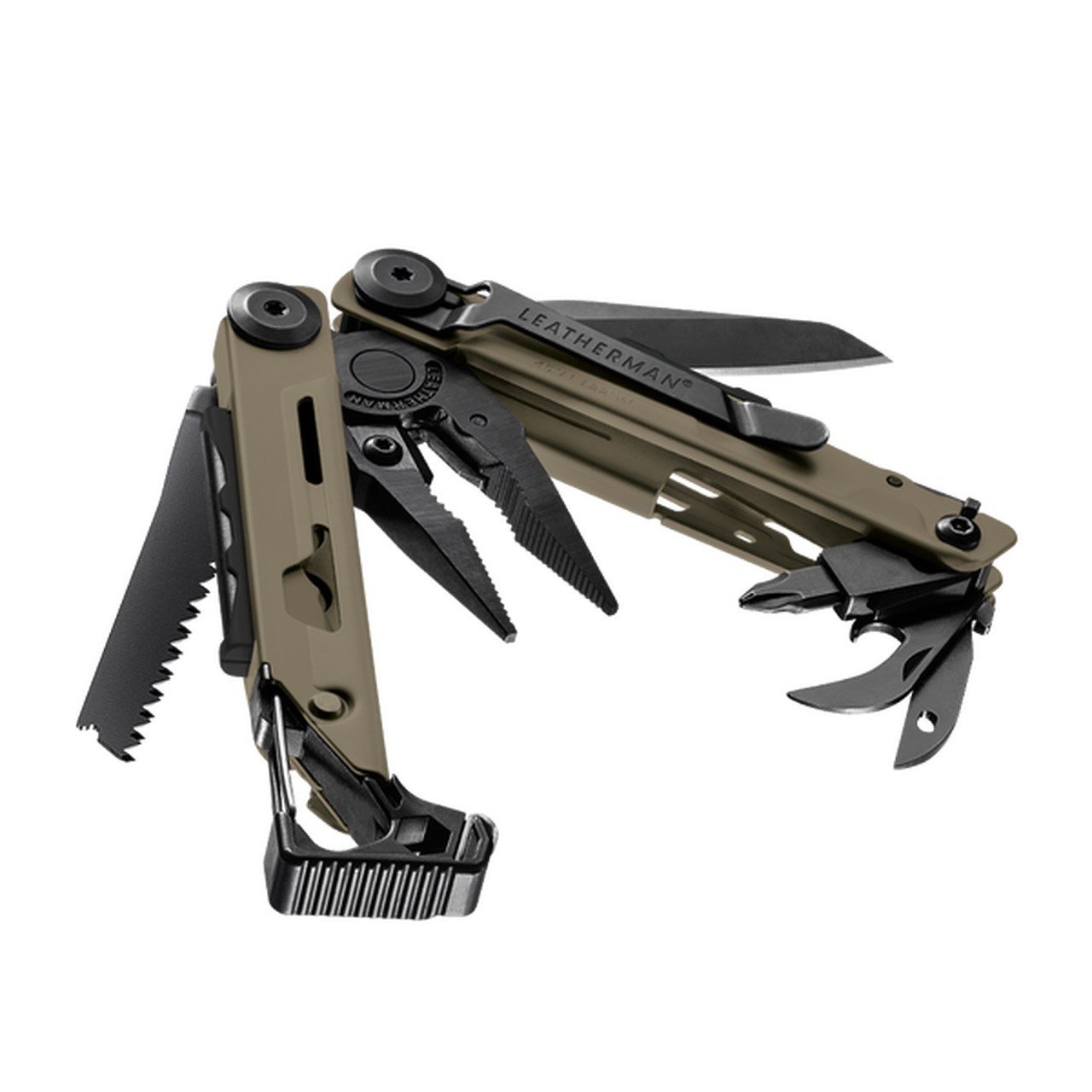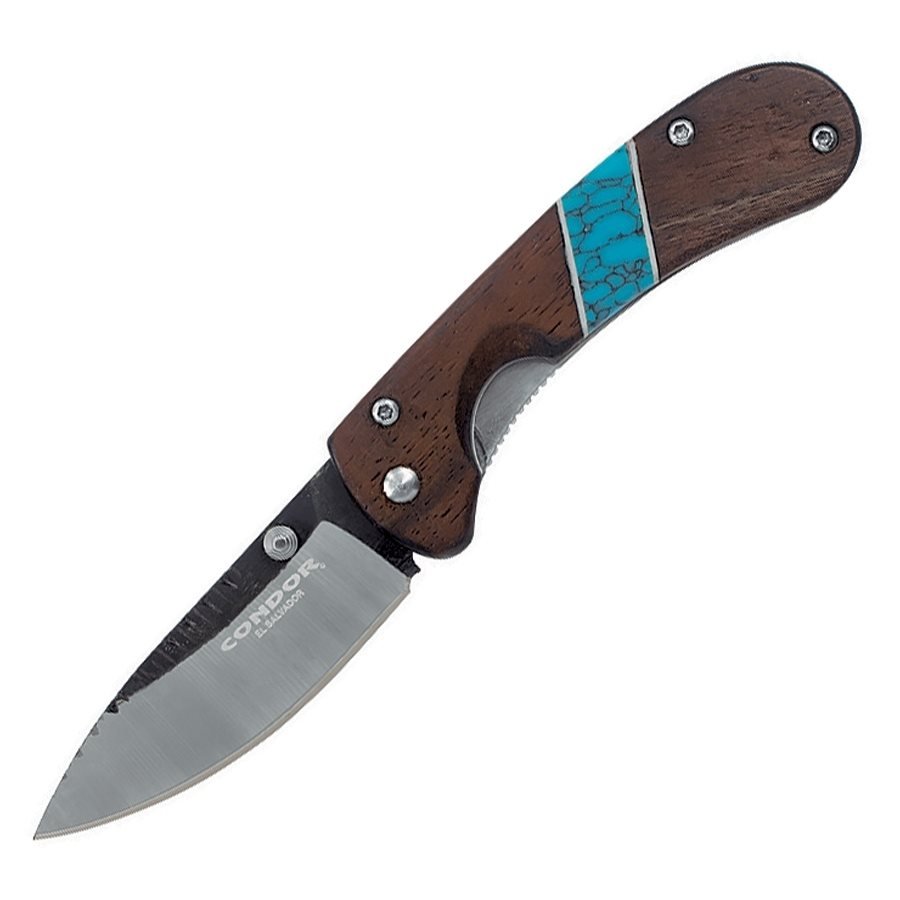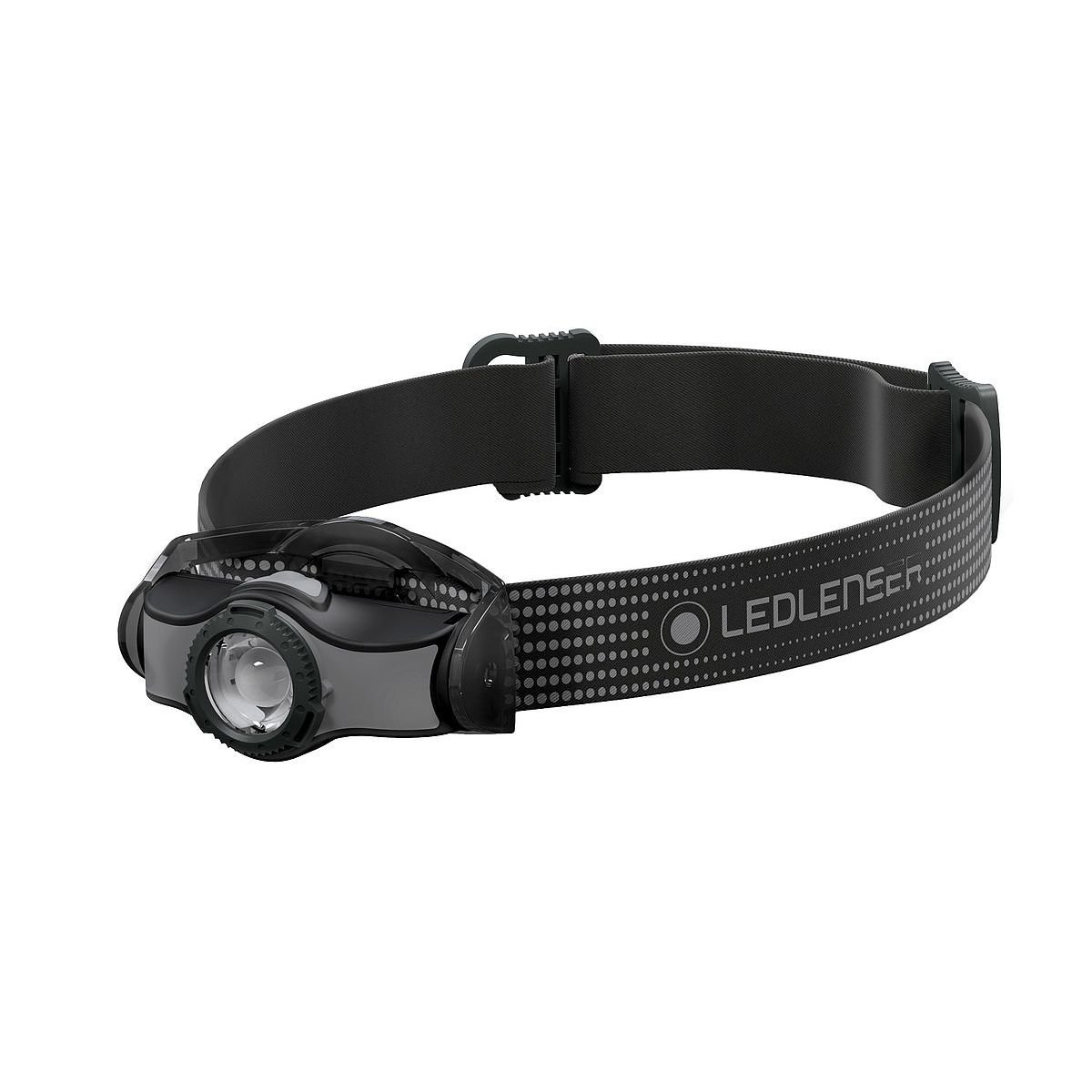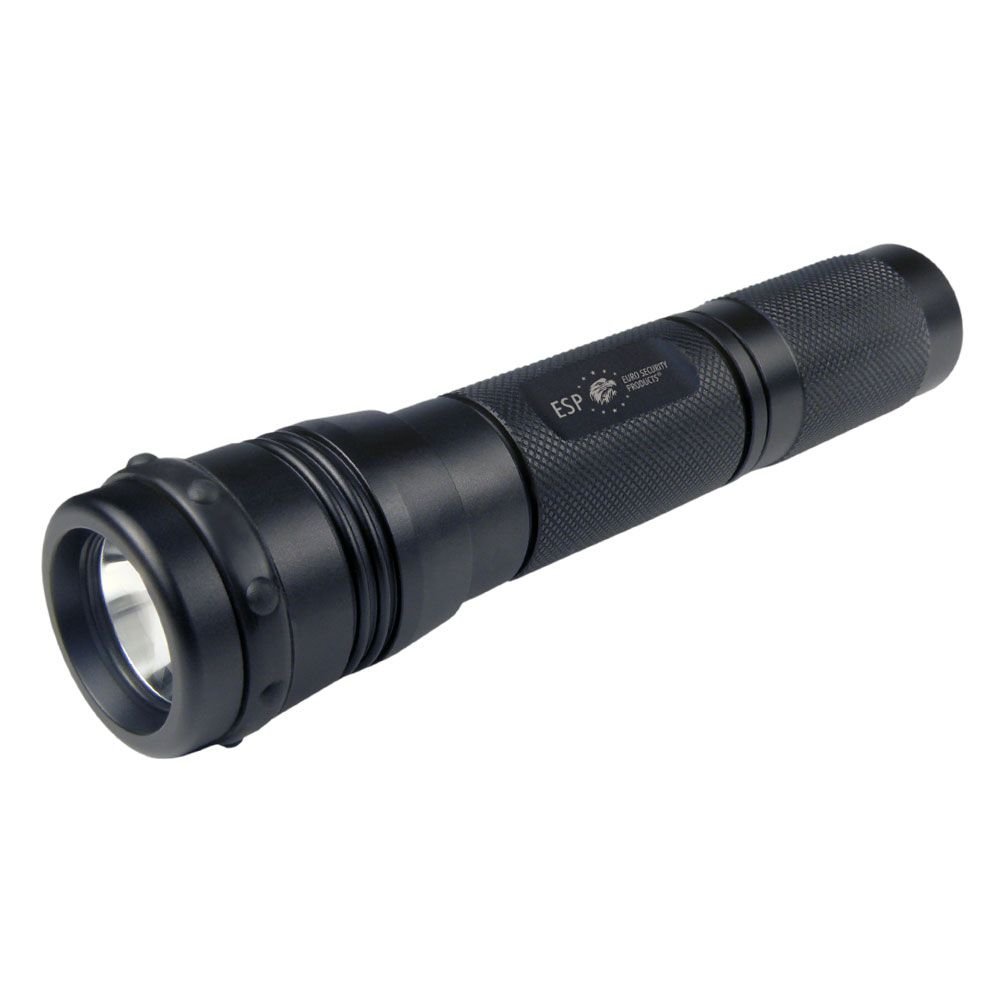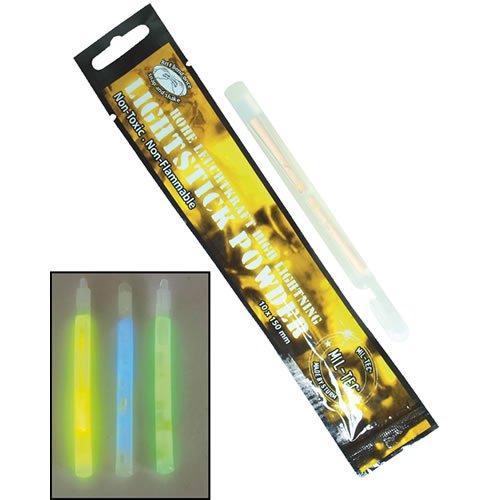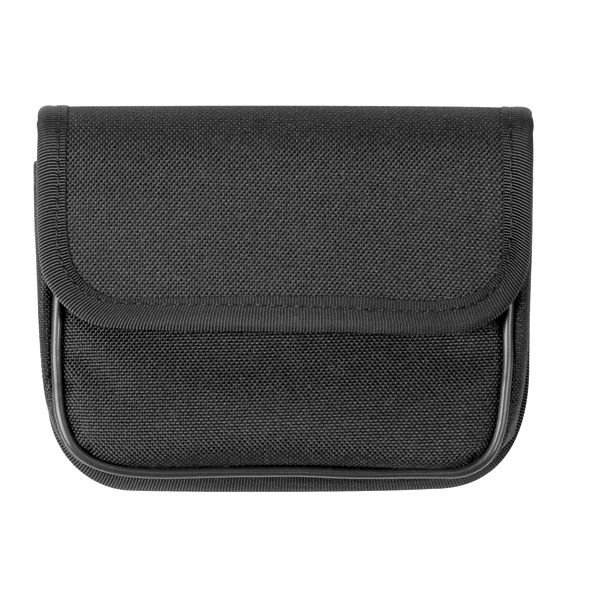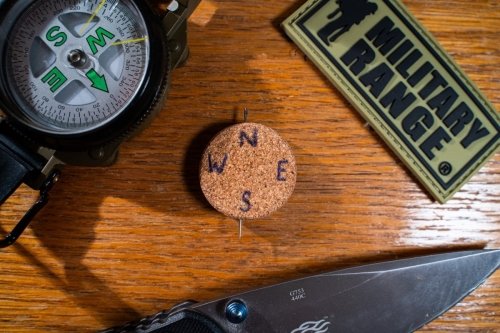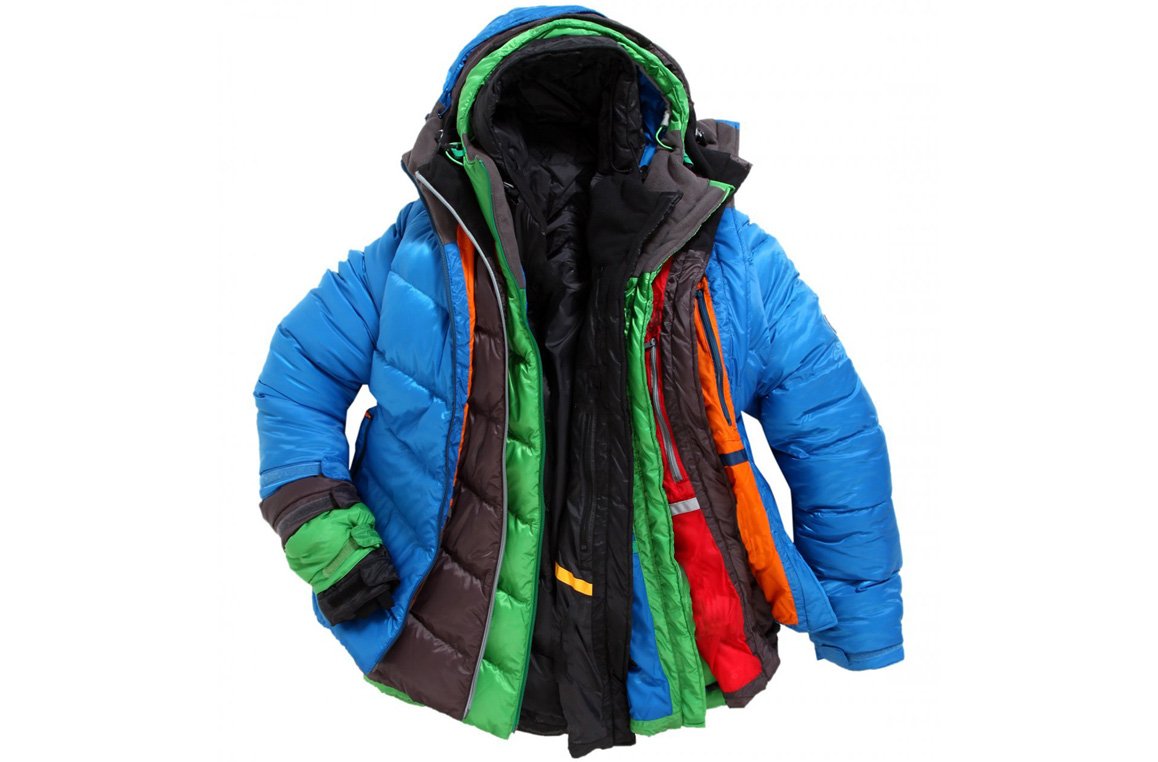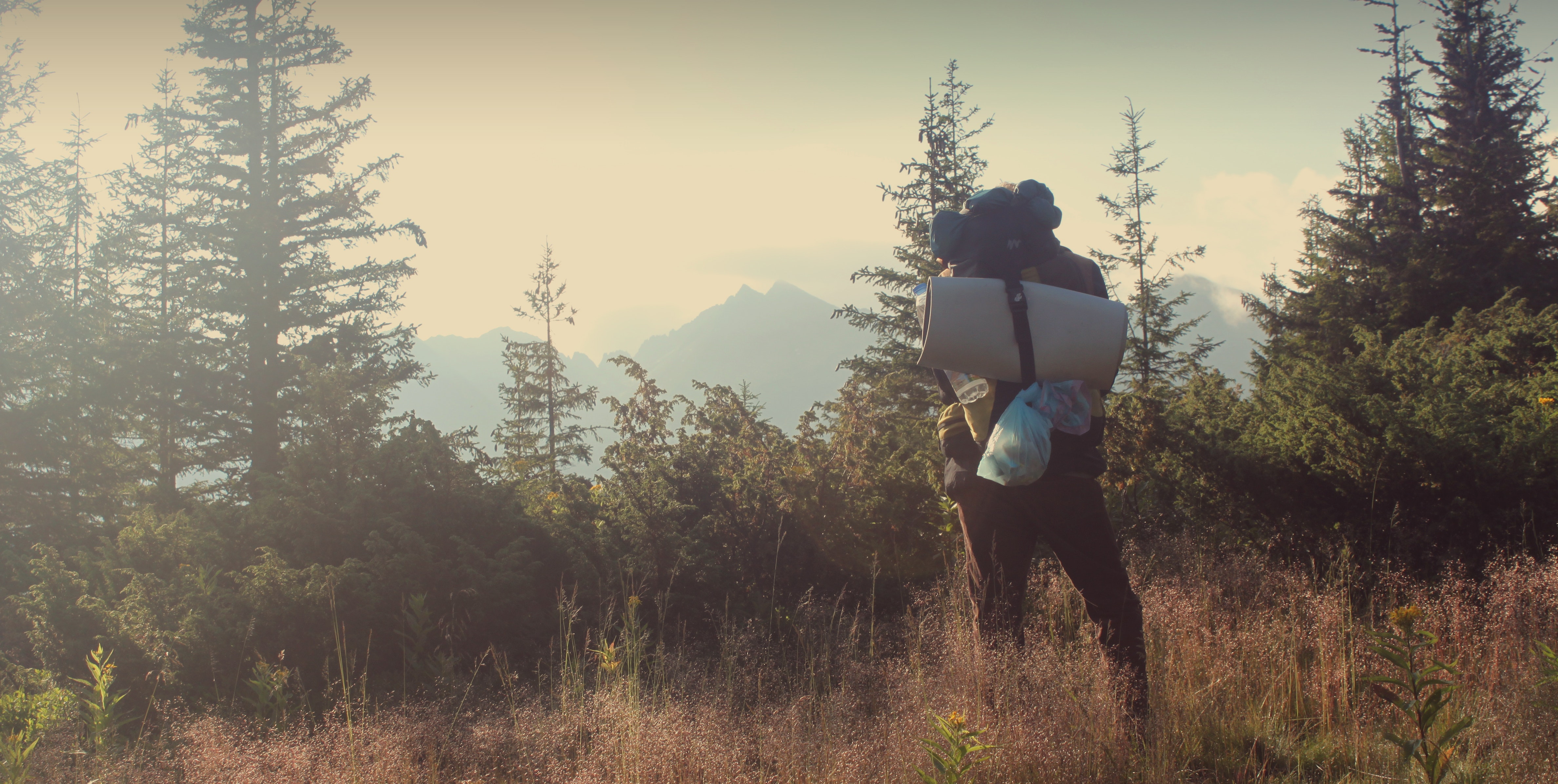Search term must have more than 2 characters.
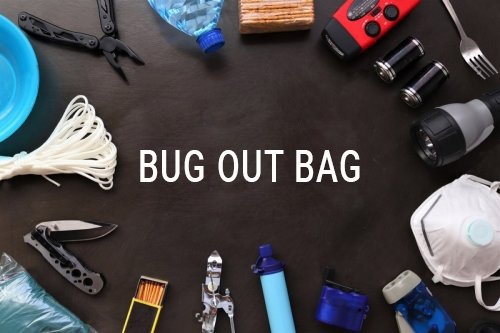
In today's article, we will look at how to create an evacuation bag that will serve when you must leave your home unexpectedly, whether due to natural disasters or humanity. This luggage should help you survive without any further assistance for at least 72 hours.
In today's article, we will look at how to create an evacuation bag that will serve when you must leave your home unexpectedly, whether due to natural disasters or humanity. This luggage should help you survive without any further assistance for at least 72 hours.
You may be saying that such luggage is quite unnecessary for our country's circumstances, but disasters such as floods, severe storms and windstorms are quite common in our country and they should not be underestimated. Although we cannot influence these events, we can be ready for them and the evacuation bag can become the key to your survival one day.
There are a total of nine categories of things you should have in your luggage. Before we look at them, let us discuss the luggage itself. First of all, your luggage should be a rucksack. It needs to be large enough and strong enough to contain relatively enough equipment for 72 hours of survival. It must be comfortable for long carrying and its appearance should not reveal that it is full of valuable gear. So, select a decent rucksack made of resistant material with a large capacity.
1: Water
Remember that you will need at least one litre of water per day (more is better, taking into account water for hygiene and hot weather). So, you need to have at least three litres of drinking water in the bag, and it should ideally be stored in three separate resistant containers. One of them should be folding so that it does not occupy too much space. A good option is a metal flask, in which water can be simply boiled.
We also recommend adding at least two options to clean the water without boiling. Ideally one filtration system (or filter straw) and water purification tablets. Thanks to this, you will have more resources to help quench your thirst.
2: Food
You definitely do not need to plan nutrition-balanced food for all three days, it is 'only' to survive 72 hours (besides, you can manage three days without food, although it is not pleasant at all). So, pack only simple meals that you can prepare instantly. Canned meat, soups or beans are an excellent choice. If you want to have the rucksack as light as possible, look for dehydrated food. However, remember that they need water and a source of heat and their preparation in a crisis can cost you precious time. Good choices also include food doses of MRE and IMRE which have relatively long durability, integrated heating and are compact. However, a problem is a higher price and often limited availability. Also, it is worth adding a few sweet or energy bars to the bag. These are literally stuffed with calories and sugars and help you keep on your feet.
Talking about food, the preparation of food should also be discussed. A simple set should be enough for you to survive. This should contain at least one metal container, spoon, pot and pan or plate. Anything bigger would take up too much room. If you think you would need a source of heat to prepare a meal, select a light gas cooker and add one or two small cartridges.
3: Shelter/clothing
Let us start with clothing. There will be a simple list that you can, of course, adjust according to the ambient conditions and season of the year:
- two pairs of socks
- two spare sets of underwear
- one spare trousers (definitely not jeans and ideally nothing made of 100% cotton)
- one set of thermals
- warm knitted hat
- two T-shirts (one with short and one with long sleeves)
- fleece hoodie
- water resistant jacket
- resistant poncho
- spare pair of solid shoes
What, in fact, should we choose as eventual survival shelter is a question rather difficult to answer. The first option for emergency shelter can be the poncho. It is usually fitted with line leads, so it can be used as an emergency tent. The only problem they have is that you must know how to use them for these purposes. Another option is a simple emergency blanket. They are made of reflective insulating materials; they are lightweight and space-saving. Another option is a water-resistant nylon tarpaulin which is explicitly designed to form a shelter.
As the last thing from this category, you will certainly want to include the most compact sleeping bag. Ideally, the comfort temperature should be around 0 to -5 degrees Celsius. You will be cold at lower than comfort temperatures, but you will survive. If you have room to spare, add a woollen blanket, as well. It will retain 80% of insulation properties even if it becomes soaked.
4: Fire
Fire can be your 'salvation' in critical situations, and the art of how to light a fire is one of the basic skills that you should learn. You should, therefore, have at least three different things in your bag for making a fire. A lighter, and waterproof matches are the perfect assistants. For the sake of certainty, include a tinder box that works in all kinds of weather. In addition to these things, certainly add some firelighters. It does not matter whether it is cotton soaked in petrol or wood-shavings in a box or something similar. There are lots of options.
5: First aid
A first aid kit is one of the most important things you need to have in your bag. When furnishing it, you should take into account your health condition, allergies, etc. As a priority, prepare a stock of long-used medicines for three days and regularly check their expiration. As for other materials, you will at least want some basic stuff, such as patches, bandages, roller bandages, scissors, tweezers, and some disinfection. Alternatively, also add some diarrhoea preventers and painkillers. However, you will also find some useful food supplements, vitamins, etc. If you do not want to compile your first aid kit yourself, you will find some pre-prepared first aid kits in a box in our offer.
6: Tools
The first and certainly the most important tool in your bag will be a knife. Choosing a survival knife can be difficult, and therefore, we wrote a short article some time ago, summarising what such a knife should have. For example, the knife for your bug out bag should have a rigid full-tang blade with a smooth razor-edge, it should be big enough for you to prepare wood for fire, defend yourself or open a can. The ideal size is about 25 cm in total length.
In addition to the knife, you may also find useful a resistant multitool that should have a screwdriver (both types), pliers, splitters, and a penknife.
7: Light
Prepare at least two light sources to have in the bag. The first source should logically be a torch or a headlamp with decent capacity and power. Another source may be smaller, for use around a campsite. Chemical bars, LED key lights, candles, all these can help you move around and keep oriented at night.
8: Communication
The main priority is a fully charged phone (we do not mean a smartphone, rather a button-control one with big battery capacity and low consumption). Besides your phone, you should have a spare battery or a phone charging device. There are solar and hand chargers or high-capacity power banks available on the market. Make a small survey and choose the most suitable solution for you.
In addition to the phone, a small AM/FM radio will also come in handy. This will provide you with information if necessary.
This category also includes important personal documents, such as your driving licence, passport, insurance card, important telephone numbers, etc.
If you do not know the surroundings well, take a map with you.
9. Miscellaneous
In this category, you will find things that are not absolutely necessary, and you should only include them in your bag if you have some room and weight to spare:
- cash
- toilet paper
- rope or paracord
- grindstone
- machete
- adhesive tape
- soap and disinfection for hands
- plastic bags
- wire
- wash water
- alcohol
- compass
- repellent
- binoculars
Remember, there is nothing like a perfect bug out bag. Indeed, the things mentioned in the article are only the absolute necessities and you should adapt them according to who the luggage is intended for (do not make a 30kg bag for children). Even an imperfect bug out bag is better than none at all.
News
Bug out bag
In today's article, we will look at how to create an evacuation bag that will serve when you must leave your home unexpectedly, whether due to natural disasters or humanity. This luggage should help y
How to make a compass?
A compass is a valuable aid for every adventurer who likes to enjoy nature on their own. In addition, it is a basic instrument that makes it easy for the adventurer to find a journey home...
Basics of putting clothing on in layers in cold weather
It is getting cold outside and many of you are certainly planning a number of winter and autumn field trips. In today's short article, we will look at the basic system of three layers which should kee
How to choose a sleeping bag?
A properly chosen sleeping bag can make the difference whether you spend most nights beneath the stars in a pleasant, warm comfort, or in unpleasant cold. To make the choice a little easier, we have w



